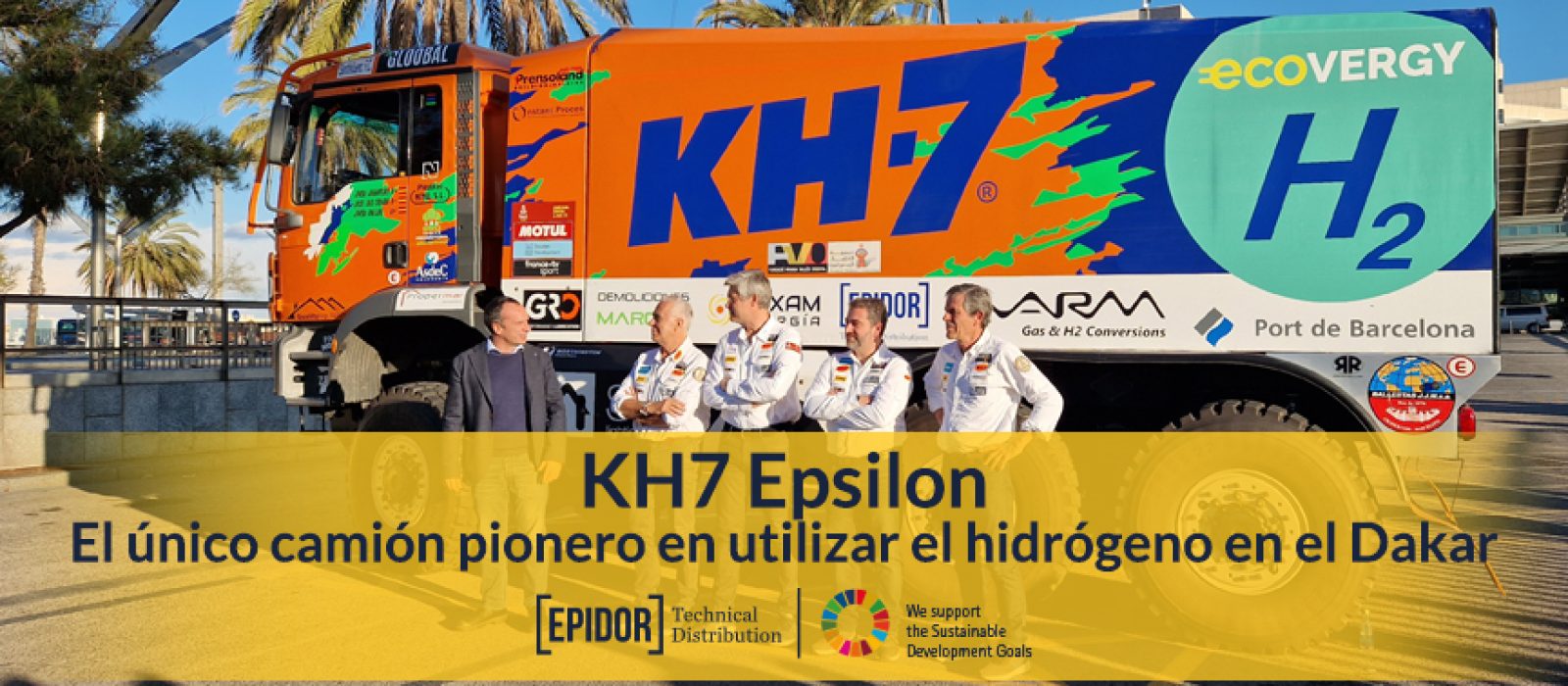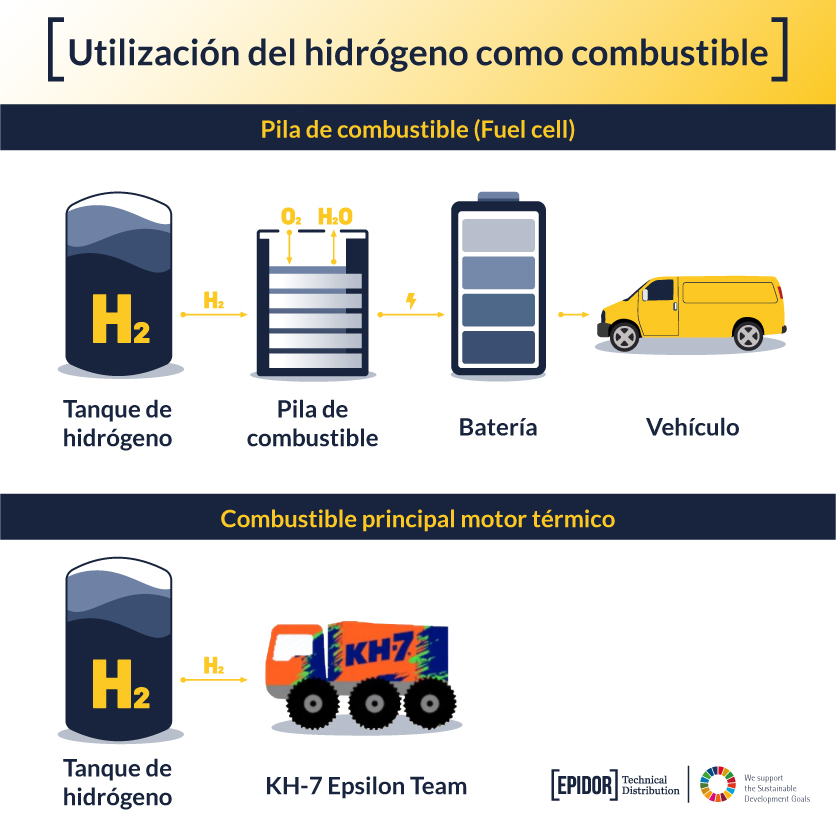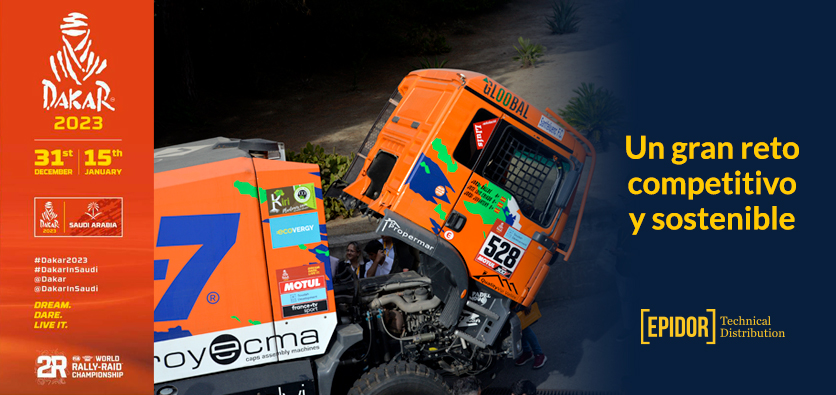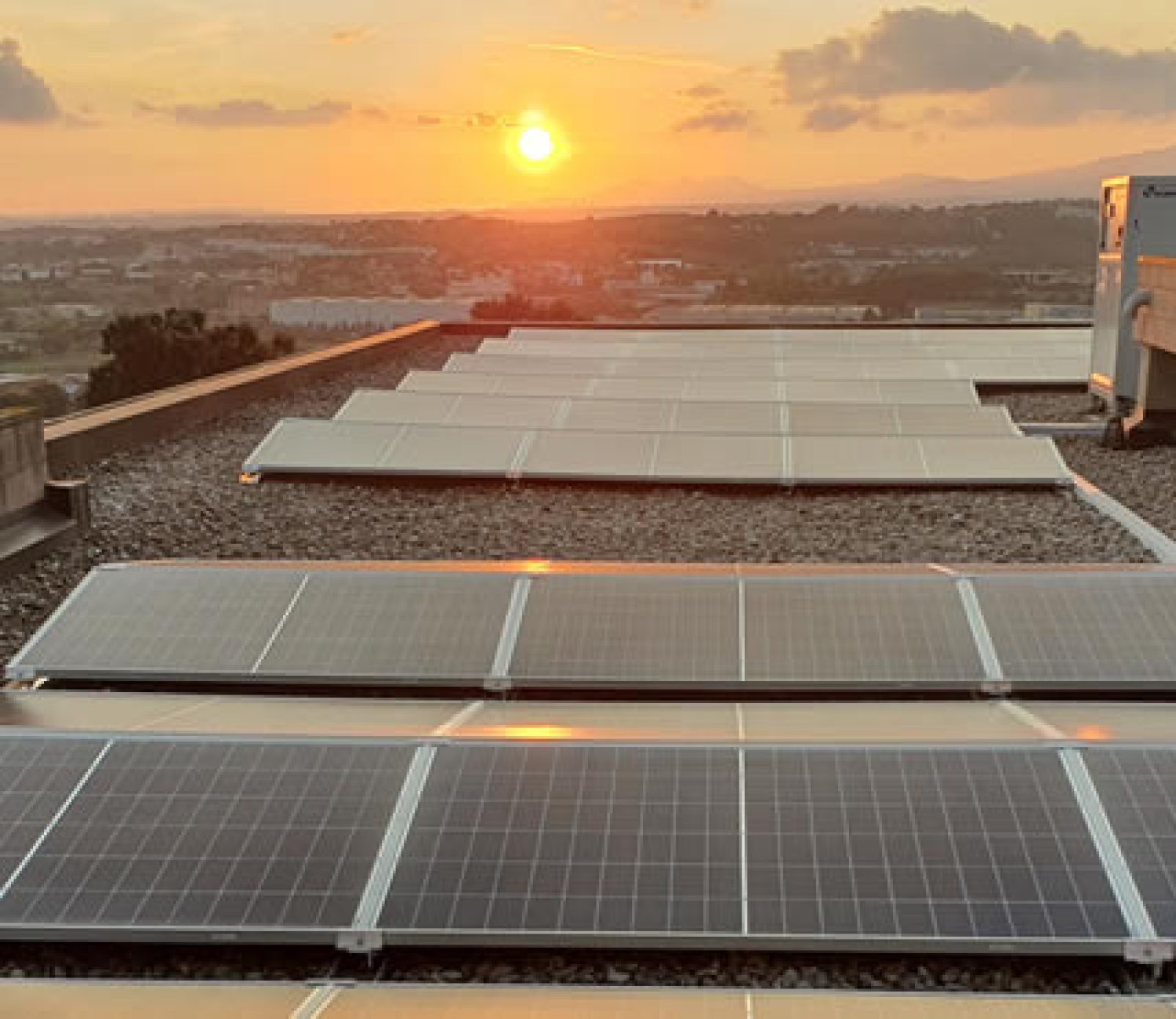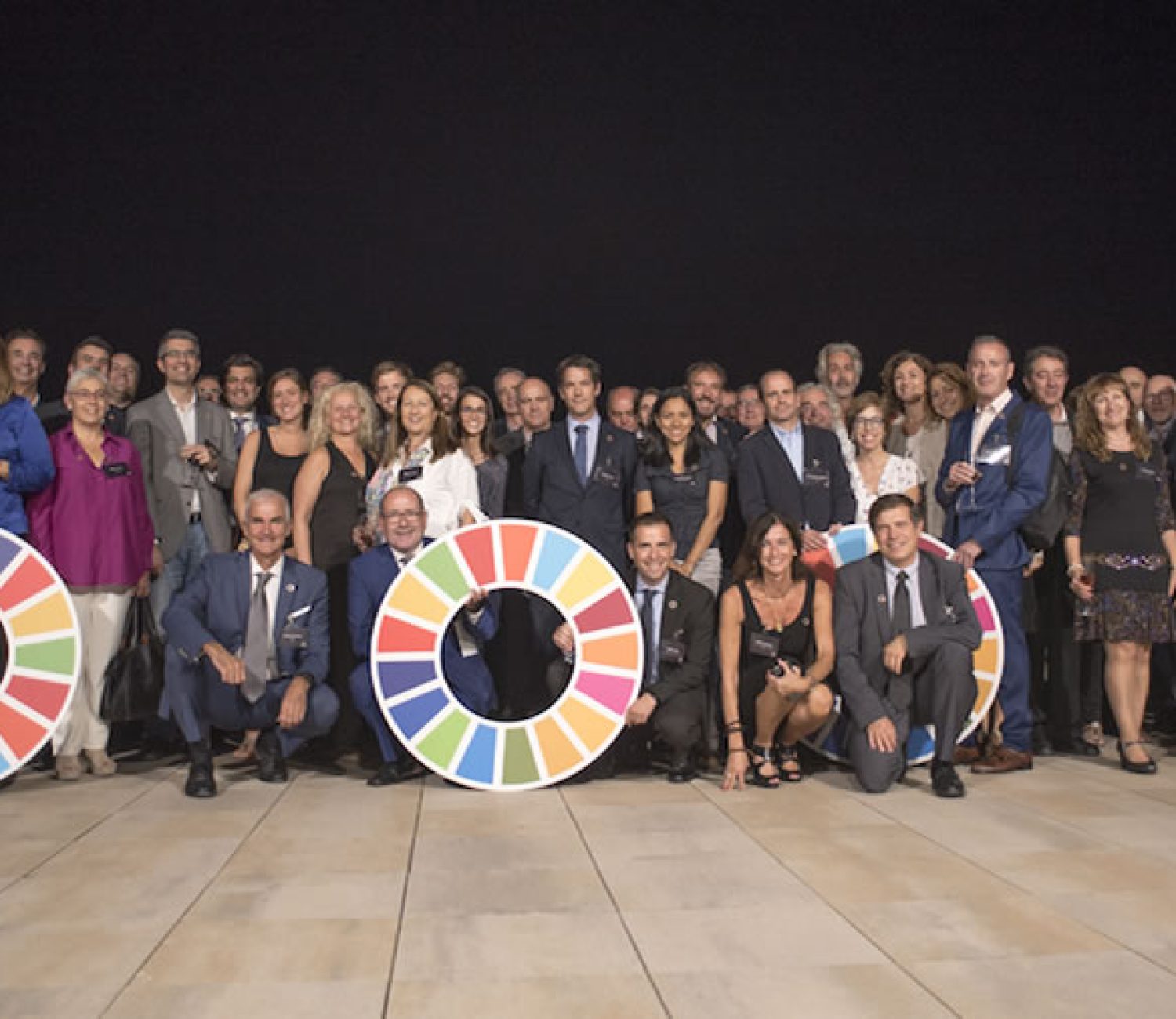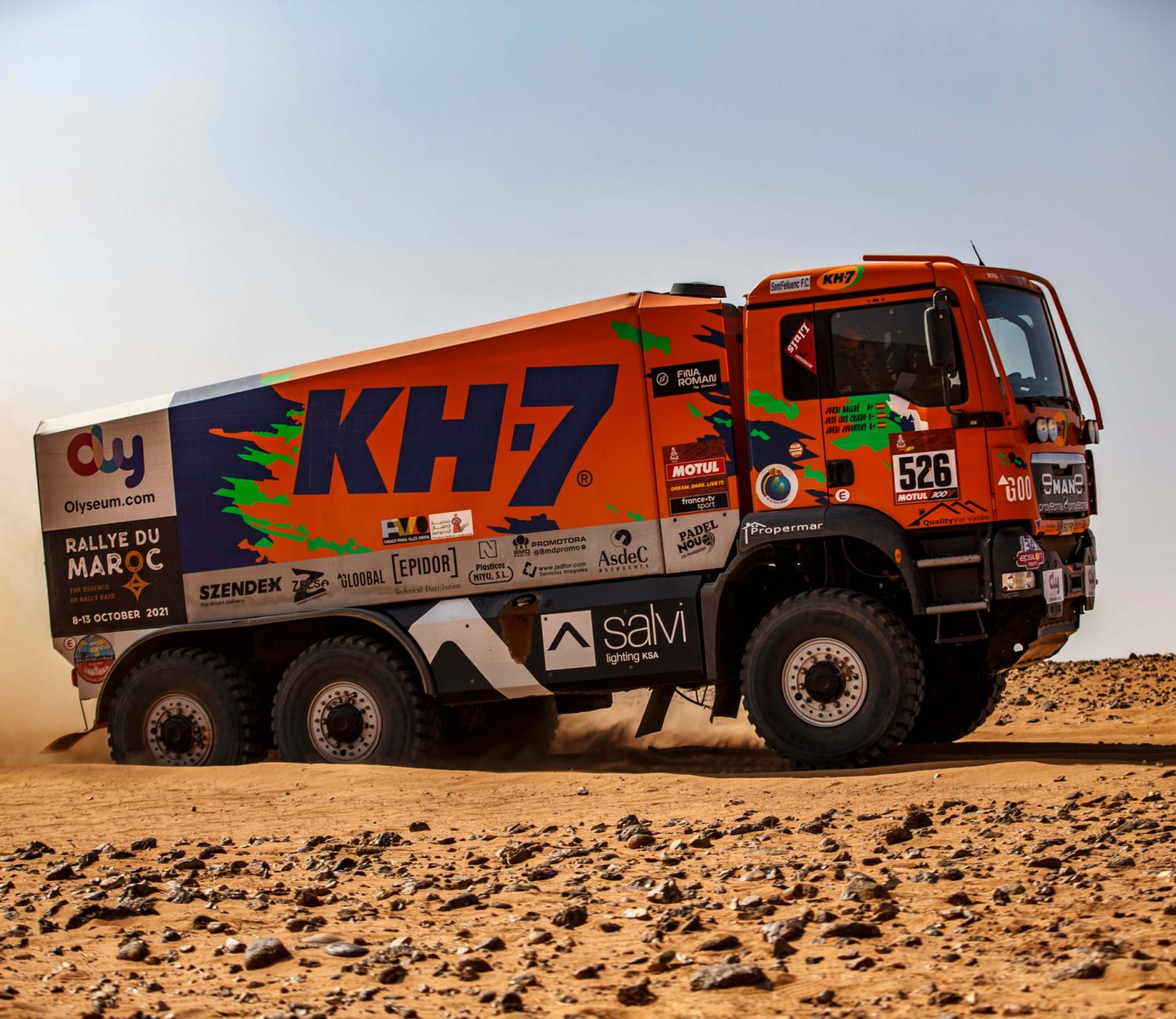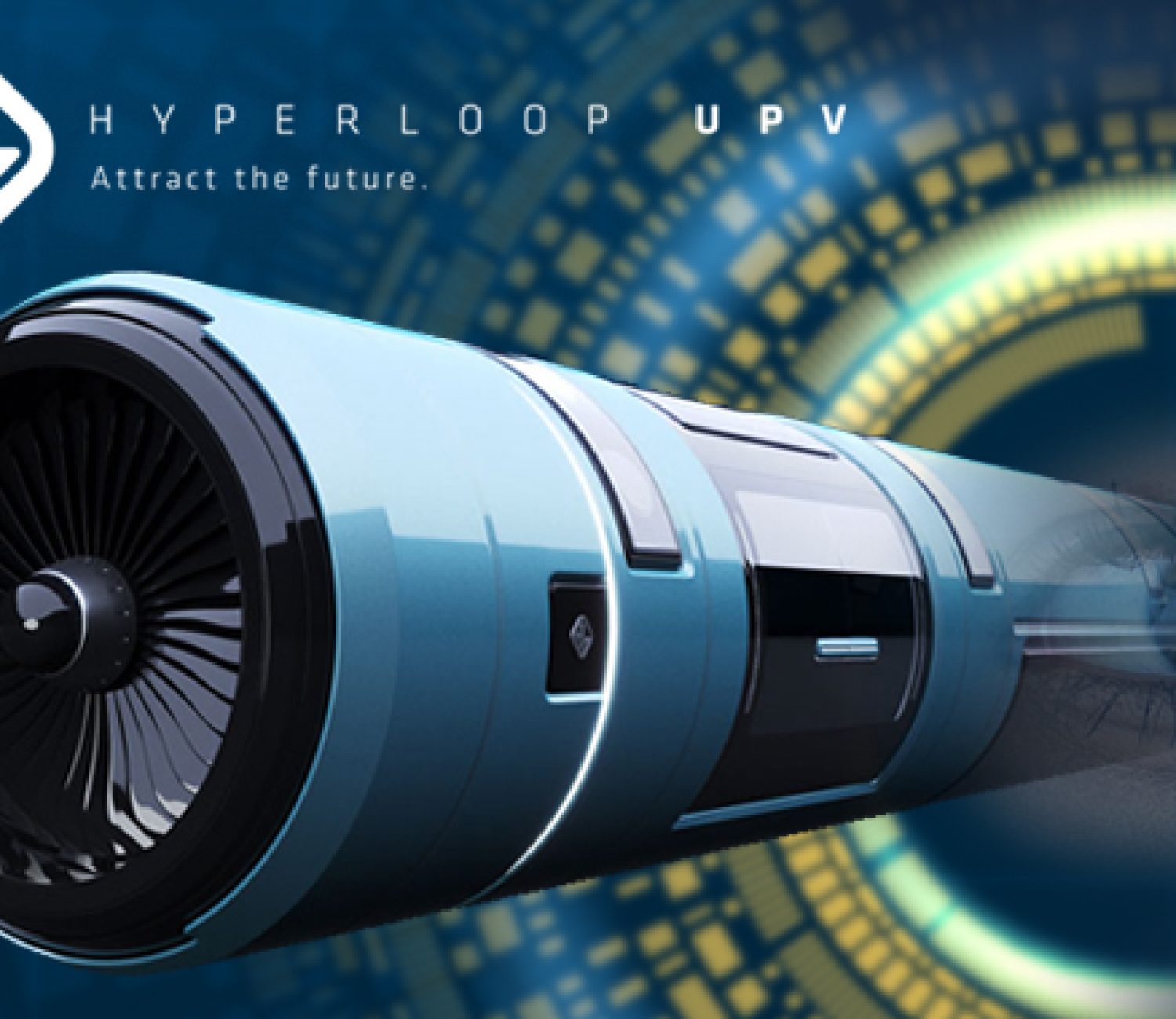The MAN 6×6 truck carried by the KH7 Epsilon Team, is a truck that races in the Dakar and for which Epidor Technical Distribution has been a sponsor since 2016.
Jordi Juvanteny, driver, and José Luis Criado, co-driver and navigator, met in the 1991 Dakar and since then have participated in 27 editions as "domestic partners". Their personal friendship led to our first sponsorship of the 2016 Dakar.
The incorporation of Agenda 2030 and the Sustainable Development Goals in Epidor Technical Distribution's strategic plans in 2019 prompted a conversation with José Luis Criado and Jordi Juvanteny about the need to evolve the truck in a clear commitment to sustainability.
In order to explore this great challenge, we put them in contact with the company Evarma company specializing in the conversion of professional vehicles to alternative fuels. Love" was born at first sight and, since then, this veteran truck has been leading the way in sustainability among Dakar vehicles, aligning itself with the race organizers' particular challenge to ensure that by 2030 all vehicles will only consume green energy.
The MAN 6×6 is a series truck that throughout its history has been incorporating improvements to make it more and more competitive. However, it is in the Dakar 2022 when it introduces the first major modification with the goal of using low net emissions synthetic diesel fuel combined with LPG.
This year, for the Dakar 2023, the stakes have been raised. Various modifications have been made so that The first vehicle to use this technology will compete with a blend of diesel and hydrogen, the first vehicle to use this technology.. In this article we explain all the details.
Index
Betting on hydrogen as an energy source
The hydrogen is emerging as one of the solutions for the mobility in the near futurebut there is not yet a standard offer.
It should be remembered that it is the most abundant gas in the universe. The hydrogen is the first chemical element in the table, the lightest, can be stored and, above all, does not generate polluting emissions of any kind. In addition, it is relatively easy to generate and does not depend on scarce or complex natural resources such as oil or cobalt.
There are currently two techniques for moving a vehicle using hydrogen as fuel. These are explained below:
- It can be used in a fuel cell, which generates electricity through a chemical reaction, which in turn powers an electric motor. It is a promising technology, but still expensive, and involves thinking about the vehicle from its design.
- The second technique is much more promising. Hydrogen can also be used as the main fuel in thermal engines. In a diesel vehicle, a quantity of diesel fuel (greater than 10%) is needed to initiate combustion, since it is not self-igniting. In this case, the engine does not need major changes, but requires a hydrogen storage facility. The gas itself is not complicated, and can be compressed to high pressures, but its high volatility and the mixing system complicate the intake systems.
The interesting thing about using hydrogen as the main fuel in an internal combustion engine, is that this transformation can be applied to all trucks in circulationemissions, allowing a reduction in emissions as important as the percentage of hydrogen they will use.
In any case, a logistical challenge remains, as the supply of hydrogen refueling is practically non-existent, in addition to the issue of gas production, which in turn should be green.
The Dakar 2023, a great competitive and sustainable challenge
The 45th edition of the Dakar 2023 starts on Saturday, December 31 and finishes on Sunday, December 15.
During the race, the team will be supported by a mobile hydrogenerator to refill the two 420-liter tanks at each stage. With the extreme conditions it will encounter, the truck is set to become a test bench on wheels.
Without going any further, the Port of Barcelona has taken an interest in the project and has offered itself as a scientific collaborator to study the adaptation of existing industrial engines to alternative fuels and their possible implementation to decarbonize port activity.


